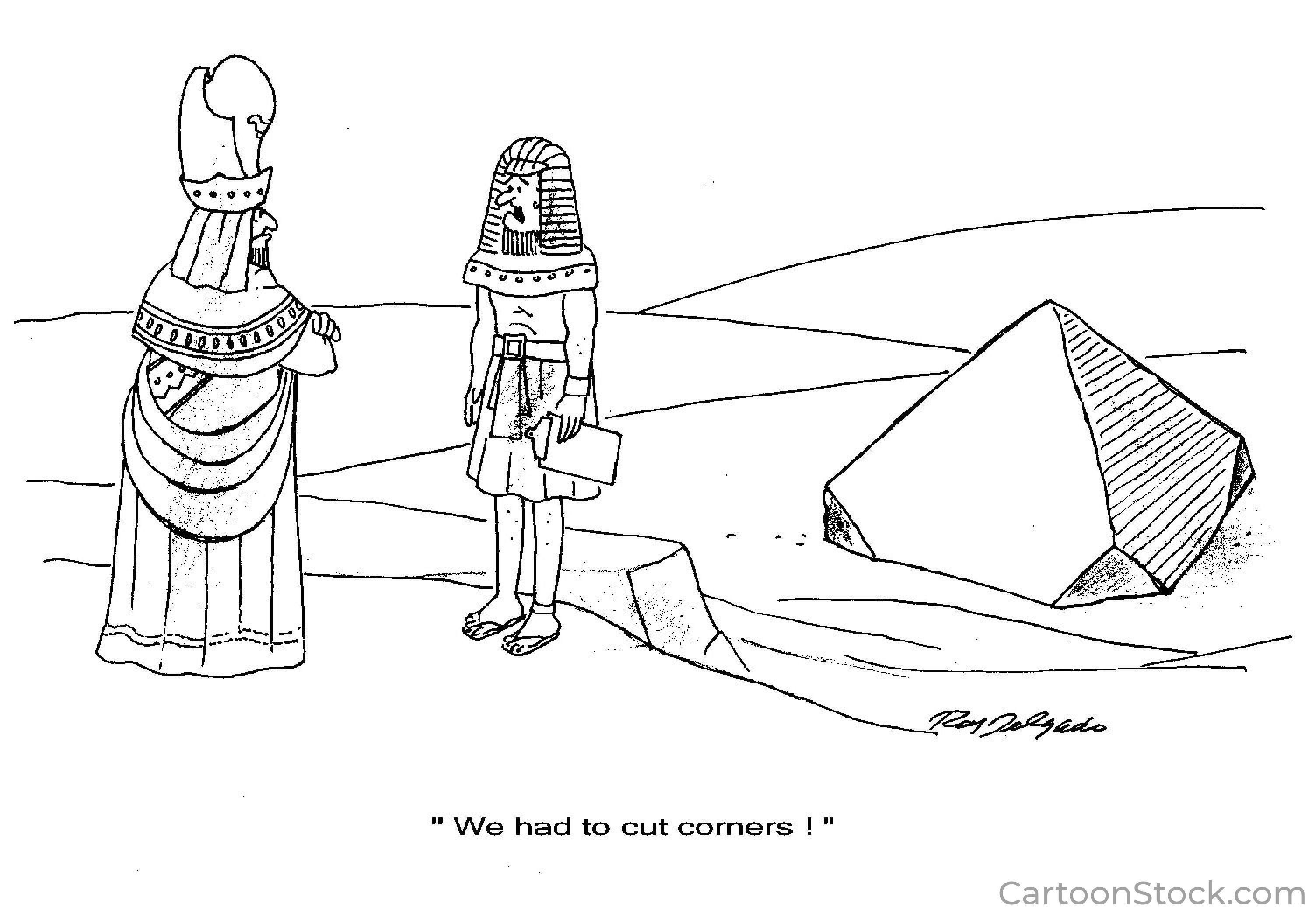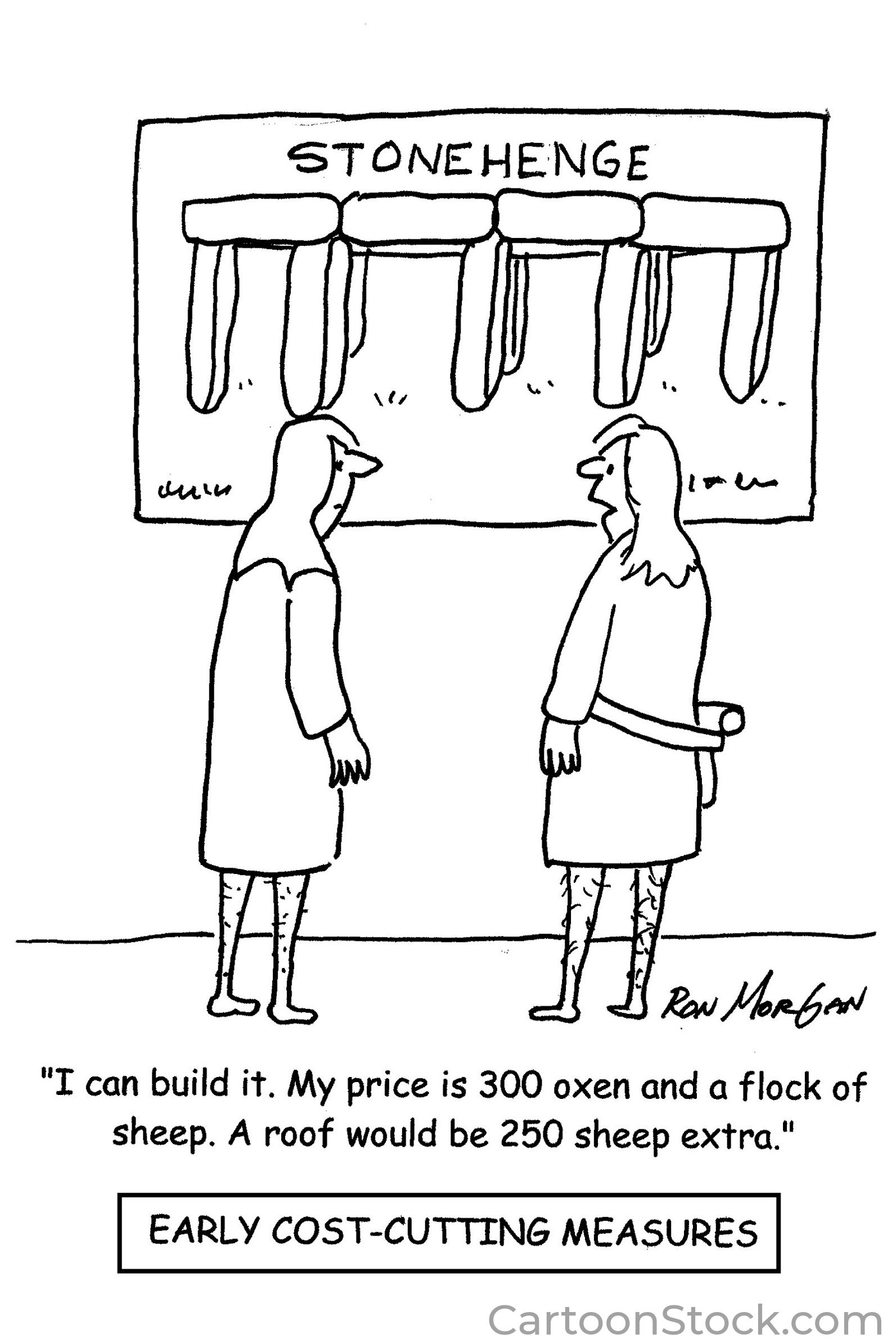
When you walk in and sit at many restaurants, your friendly server often greets you with a version of the casual question, what’ll ya have? Typically, you have a wide range of choices, but most of us have our favorites, and after reviewing the menu and options available, we decide accordingly. In the building planning/design/construction process, there are only three things to choose from … cost, quality, and schedule. Granted, on any project, there are hundreds if not thousands of choices, decisions, and things to manage, but they all generally fall into one of those three categories. When selections and decisions are made in the construction world, the impact is typically substantial, and you live with it for 20, 30, or more years … so Owners must choose wisely.
The topic of the most important thing on the project is often the subject of casual office discussions and more formal industry presentations and events. Is it the cost, is it the quality, or is it the schedule? Some say I want them all. Others say that if you pick one, one of the others will suffer. The truth is they’re all important. Things have to be done at a specific time; there’s only so much money at any given time; and facilities must be built to standards, comply with codes, and endure. So, are all three features of a project equally important?
For a moment, what if we explore an idea and decide the quality of the finished product is truly the most important measure of success? When I say quality, I don’t mean the specifications for the concrete or steel or the wood quality or type of fixtures used. I mean, did you deliver the project that you and your customer expected; is it one that will serve the needs it was built for; does it look to the future, and is it sustainable for the long term? From the perspective of a lifetime building Owner/operator, there doesn’t seem to be any other way. Once you’ve designed, built, and paid for it, it’s yours.
Delivering a project on time and within budget is obviously important, but the prize, the thing that stands alone out in front of you day after day … is the quality of the project. Did I keep my eye on the prize and deliver something that meets or exceeds the customer’s needs? Can you recall someone spending much time thanking and congratulating the project team or even recognizing that the project met the budget and the schedule? What is scrutinized and recognized, what is talked about over and over and remembered is … does the building I built meet the needs and solve the problems for which it was created? Does it account for the future, and is it sustainable for its intended purpose over the years?
 Post-completion criticism often centers on questions of quality … why didn’t you do this; why didn’t you build that? Why didn’t you include this component; why didn’t you account for some future needs or changes? Over the life of the building, the value of a dollar that you may have saved or the few weeks that you may have shaved off the schedule decreases exponentially as the calendar continues to move forward. Good intentions fade quickly. Within a year of completion, nobody focuses on schedule or budget shortfalls if the project achieves most of the overall project goals. What they care about and continue to observe daily is the final product and what may have been omitted or value-engineered out of a project.
Post-completion criticism often centers on questions of quality … why didn’t you do this; why didn’t you build that? Why didn’t you include this component; why didn’t you account for some future needs or changes? Over the life of the building, the value of a dollar that you may have saved or the few weeks that you may have shaved off the schedule decreases exponentially as the calendar continues to move forward. Good intentions fade quickly. Within a year of completion, nobody focuses on schedule or budget shortfalls if the project achieves most of the overall project goals. What they care about and continue to observe daily is the final product and what may have been omitted or value-engineered out of a project.
As a serial builder, you often deal with seven, eight, and nine-figure projects intended to last 30 years or more. Taking that into account, think about it long and hard before you let the lure and attractiveness of saving five or six figures on a change, deduction, reduction, or redesign that may ultimately reduce the useful life of the facility and/or damage the customer’s perception and enjoyment of it. As a lifetime building Owner and operator take a larger view, you or your colleagues will be there when shortcomings appear and have to be addressed, dealt with, and paid for in the future.
Instead of focusing solely on an often nearsighted or hopefully conceived budget or schedule, consider spending more time and energy on establishing what is currently needed, future uses of the building, and the lifecycle costs and implications of decisions made today. Budgets and schedules are often set months or years in advance, in the comfort and blindness of an office or conference room, without having the benefit of foresight and real-time market feedback. Often it’s not a question of being over budget or behind schedule; it is a question of not fully defining your scope (quality) and the associated costs and knowing how long it will take to get it.
Take care when choosing to “value-engineer” something. Actual value engineering is like a unicorn. The term is frequently used proudly but often seems to be confused with cutting scope or taking a shortcut to save money or time. While there’s nothing wrong with looking for ways to save money or to do things quicker, the value of those “savings” rapidly diminishes in the months and years that follow in the life of the building. It may make sense sitting in the boardroom to say yes to ideas that save time and first cost, but the value of those promises will dim when compared to what the building does not deliver and what it will cost at a later date.
Don’t get pressured or caught up in the drama and excitement of “on time” and “under budget,” only to wind up delivering a project that doesn’t quite meet your customers’ expectations or leaves problems for someone else down the road to solve. You may never receive thanks from the future generations that benefit from such thinking, but it’s the right thing to do.
Spend more time visioning, assessing, and investigating. Once you do your due diligence, establish your budgets and schedule accordingly. Speak frankly to decision-makers. Keep them informed of of what is going on in the industry and their plans align. There may need to be some fierce conversations with leaders, and you may feel under the gun, but in the long run, those you serve will appreciate what you are doing … you’ll be thinking big and practicing leadership instead of just management.
Jere Smith is an Atlanta native, architect and lifelong builder. A graduate of Southern Polytechnic State University and Clemson University, he is currently the Executive Director of Capital Programs for the Atlanta Public Schools and past president of COAA's Georgia chapter. For more information he can be reached at jeresmith33@gmail.com.
